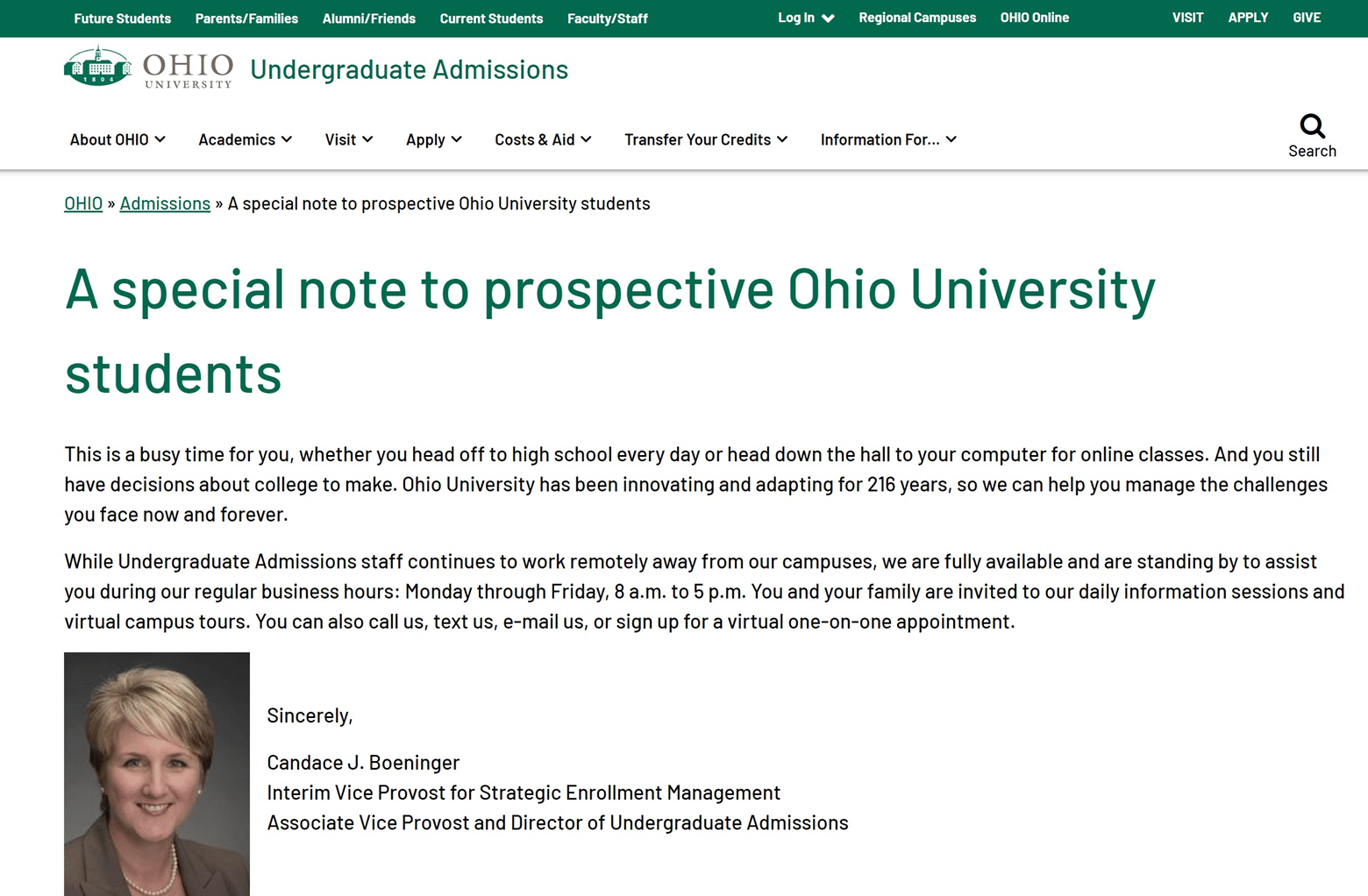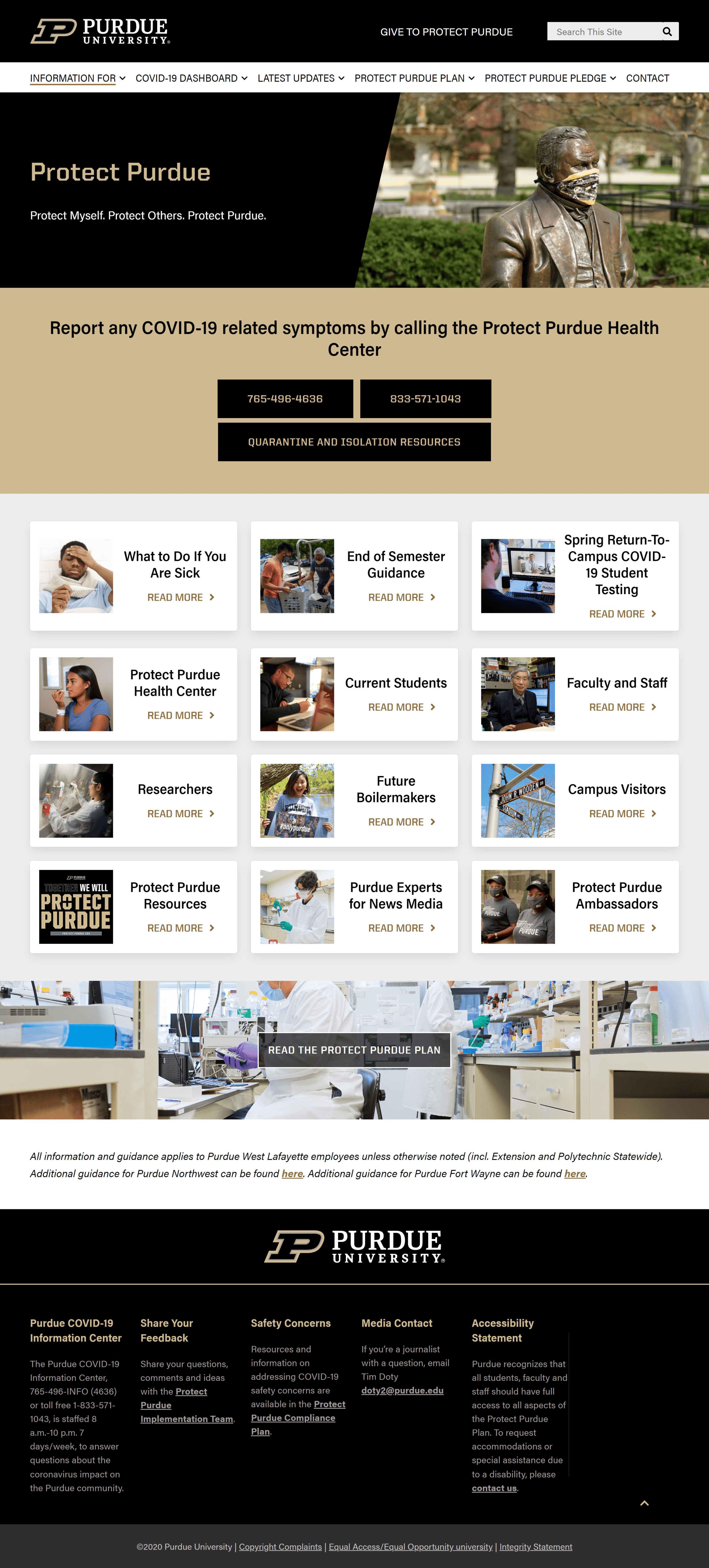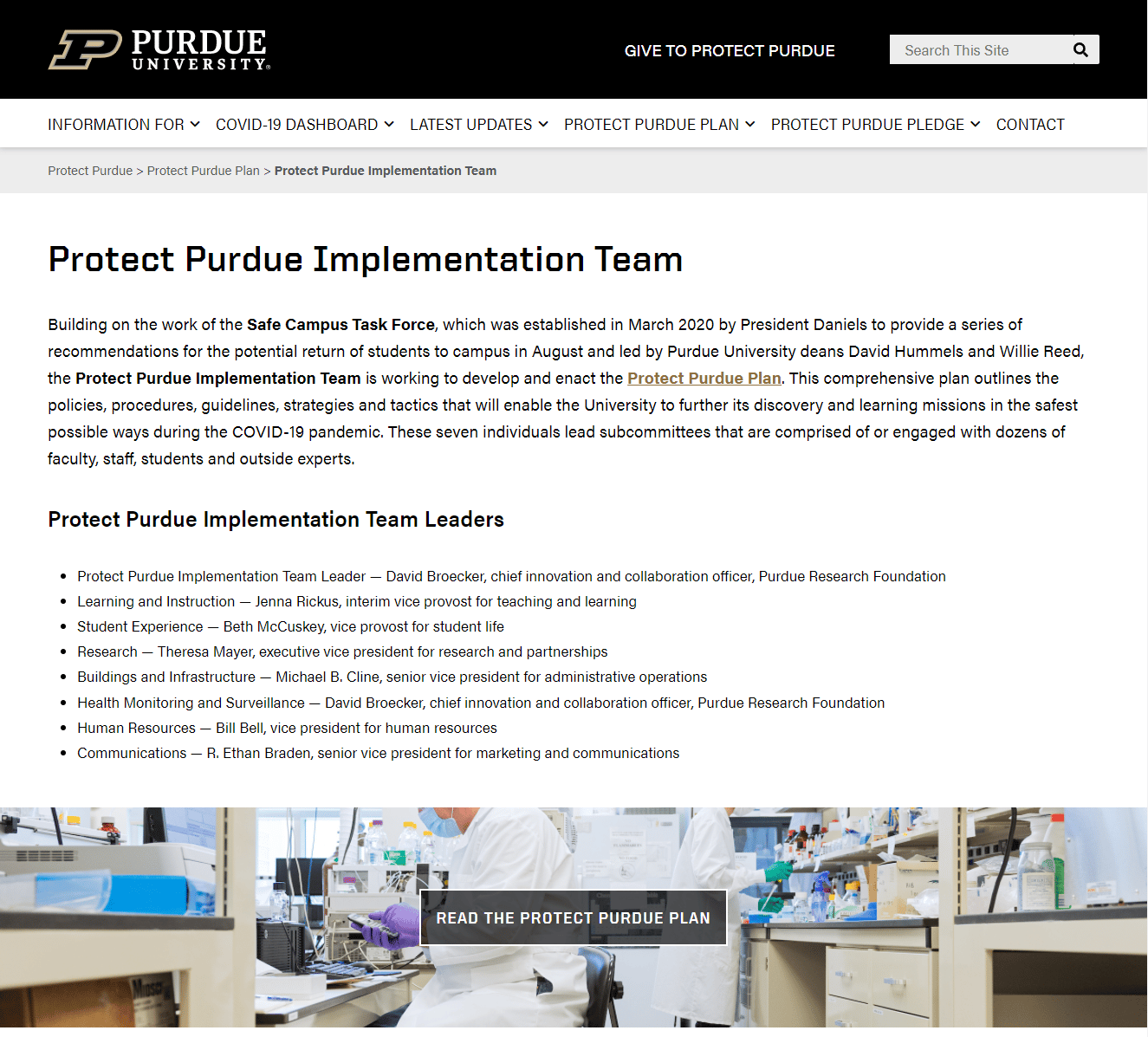Scaling AI Fluency for Marketing Teams: How ASU Leads with Innovation and Intent
See how ASU is leading AI fluency for marketing teams through leadership buy-in, innovation challenges, and custom tools that drive real, campus-wide impact.
Marketing Strategies
COVID-19 messaging may now be a permanent fixture of enrollment marketing. But there are ways to leverage this to help your students and your educational institution.
Most of the time, locking in your messaging strategy doesn’t cause massive stress.
But COVID-19 messaging can produce the same anxiety as walking your institution through a public relations crisis. (If you’re in that spot, please read my blog post here.)
Part of the problem is that medical information is naturally dry and uninteresting to most healthy prospective students.
Another part of the issue is that the pandemic has been highly politicized.
Depending on where your prospective students are on the political spectrum, they could see your preventative measures as a commitment to their wellbeing… or as a way of stealing their rights.
In spite of these risks, crafting content around the difficulties of our times can give you a powerful edge with your prospective students and their parents.
In my last post, I went through three things you could do to enhance your messaging around COVID-19.
Here, I want to continue where we left off and show specific things you can do to leverage your school’s health policies to keep everyone safe and build a relationship of trust with prospective students.
COVID-19 may prevent in-person visits, but you can impress prospective students with a well-crafted online visitor experience.
It is an opportunity to show that you are innovative, flexible, and eager to serve.
Ohio University did a great job showing they’re still as available as ever for prospective student inquiries even in spite of all the changes.
In this message from Strategic Enrollment Management, they tell prospective students how virtual visits help “manage the challenges” they “face now and forever.”

Using marketing AI like chatbots, you can even automate the virtual scheduling process while keeping the conversation “light” and “human-like.”
With live chat software like O’Lark, you can facilitate on-the-spot virtual visits as well.
No matter how you decide to set up your virtual visits and calls, take the time and effort to give them the attention, preparation, and care that you would have provided in-person.
Communicating your contingencies can be a great way to show your students how much your college, university, or independent school cares about their lives.
Prospective students and parents want to know what actions to expect from the institution in case of an outbreak or lockdown.
It’s natural for college students to experience anxiety as they move away from home. Add to that the pressing concern of infection and you’ve got the potential for real stress.
Complex or unclear language around campus COVID restrictions, lockdowns, quarantines, and travel restrictions can make this even worse for prospective students.
To mitigate the pressure, I recommend publishing web page content spelling out step-by-step what will happen in the case of an emergency.
Not only does this clear up confusion, it will also go a long way to convince parents that their child will be safe in your hands.
Put yourself in the student’s mind when conveying contingencies, and don’t forget about non-traditional students and parents.
Purdue did this by bringing all of their COVID response and contingency plan under the slogan, “Protect Purdue.”
Their Protect Purdue landing page is a great example of how you can present COVID-19 messaging in an inviting and reassuring manner.

Before the pandemic, student crisis services weren’t front and center in our messaging.
Now that the COVID pandemic is upon us, that has all changed.
During this health crisis, consider giving these special people more of the spotlight in your messaging.
Imagine this page like an “About Us” leadership page where you place their photos, names, titles, and medical background.
For a great example, check out how Purdue University is highlighting their response team as a part of their Protect Purdue campaign.

For some more ideas on highlighting your response team, brainstorm ways you can feature these professionals in your video marketing and social media marketing efforts.
Consider interviewing them on the issues surrounding student health and how prospective students and parents can stay safe.
Showcasing the staff and facilities that you have available in case of a health emergency can reassure concerned traditional undergrad parents.
By propping up these services in your messaging, you can remove anxiety that could be preventing the parents from committing their child to your school.
Connect with your medical department, student retention services, or counseling department.
When you have a good understanding of the services your school provides, present them in your COVID-19 messaging like this post from Purdue president Mitch Daniels:
“We recognize that circumstances beyond our control could impact our plans and decisions. We will rely on our medical advisory team, public health officials and the Protect Purdue Implementation Team to help us make the best decisions for our faculty, staff and students, and for our community.”
The big takeaway: this is going to be a perennial safety issue for parents.
So whatever messaging you craft this year, imagine what you could do to recycle or reiterate these safety messages into the future.
One of the best ways to prove you’re a trustworthy place for prospective students is to show them what you did for your students in 2020.
This is especially helpful when marketing to Gen Z students who can be sensitive to communal well-being and security.
If your college or university has been generous in your management of the CARES Act funds you received, let everyone know in your copy.
Of course, a well-placed quote from an outside party who’s noticed your school’s good deeds – like College Magazine noticed University of Tennessee – can be very helpful!
“Regarding CARES Act funds, UT received $9.6 million to account for its large student body and distributed the most so far, generously giving $9.5 million in packages going up to $1,800 depending on need. They also determined an enormous amount of 20,000 students eligible.”
Here’s another example of how Utah State University managed the health crisis of 2020.
“Utah State University demonstrated a willingness to listen to student activists as they gave back students prorated housing and meal plans for the spring semester.” – collegemagazine.com
These are times when marketing can be more than just a business strategy to improve our institution’s bottom line.
It is an effective way to help take care of the next generation.
If you need any help crafting your copy or implementing COVID-19 messaging into your marketing strategy, contact us today.
You’re in luck! We’ve curated 25 awesome ideas inspired by top higher ed institutions across the country and put them in one handy guide: 25 Ideas for Great Admissions Content.

Get inspired.
Get enrollment results.
Get 25 Ideas for Great Admissions Content.
Download your copy today!
Featured image by Halfpoint via Adobe Stock
Subscribe to The Higher Ed Marketer podcast today!